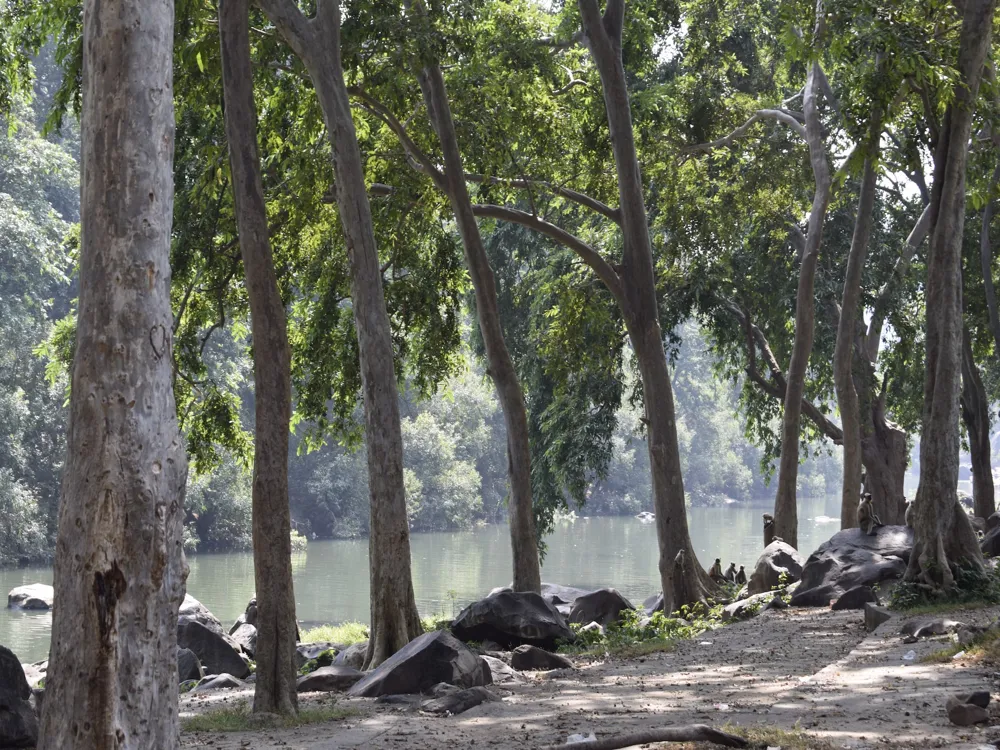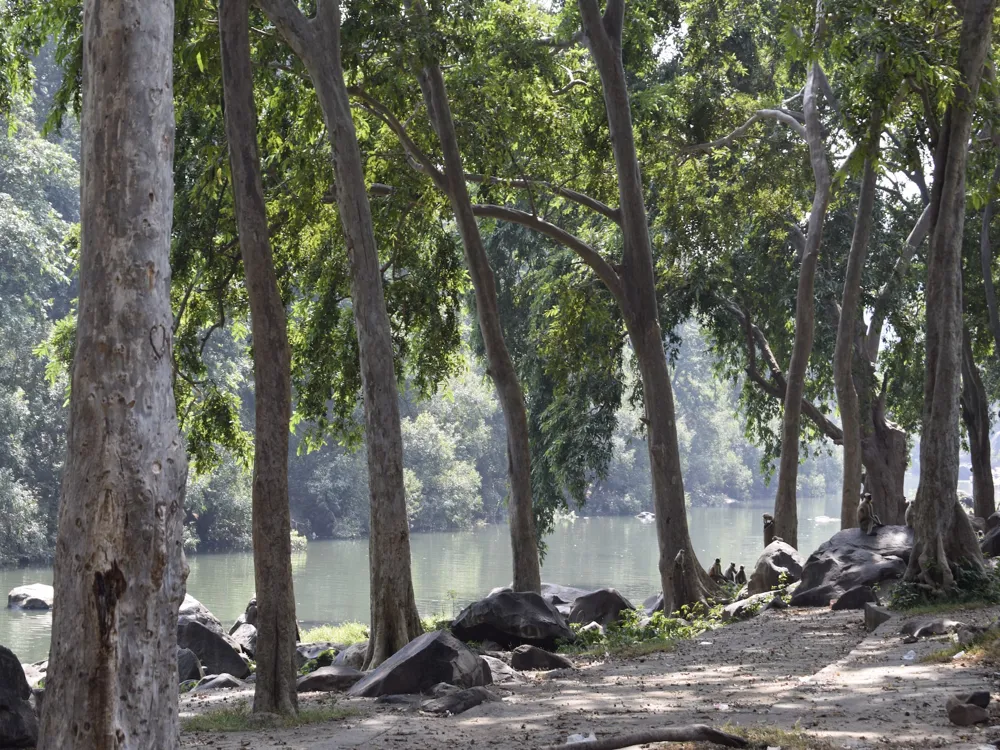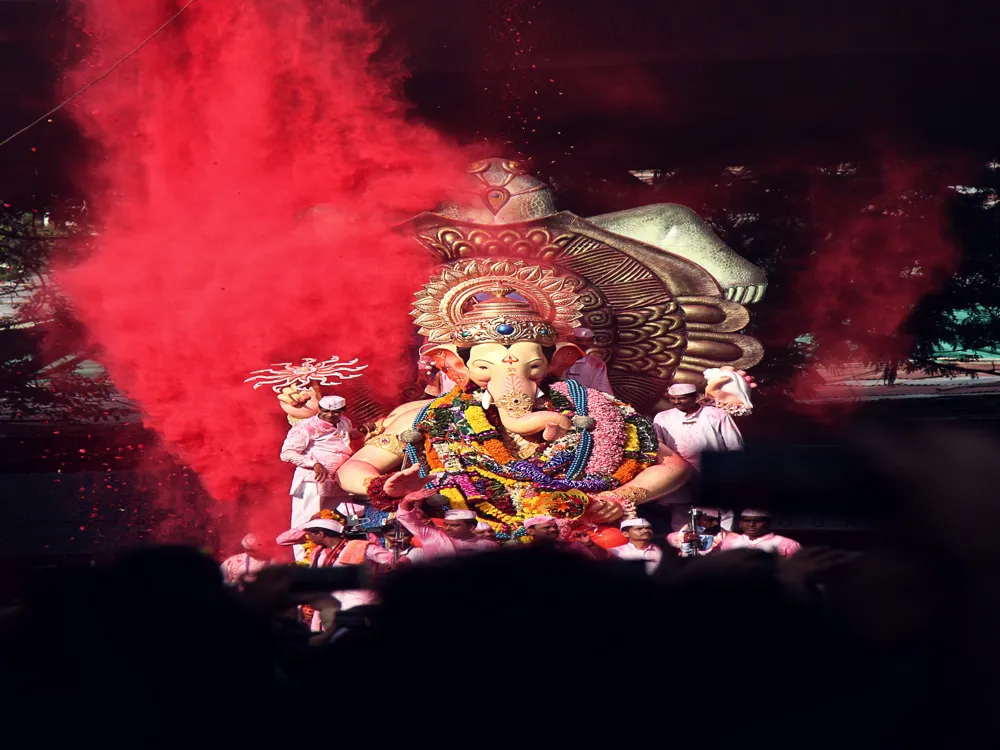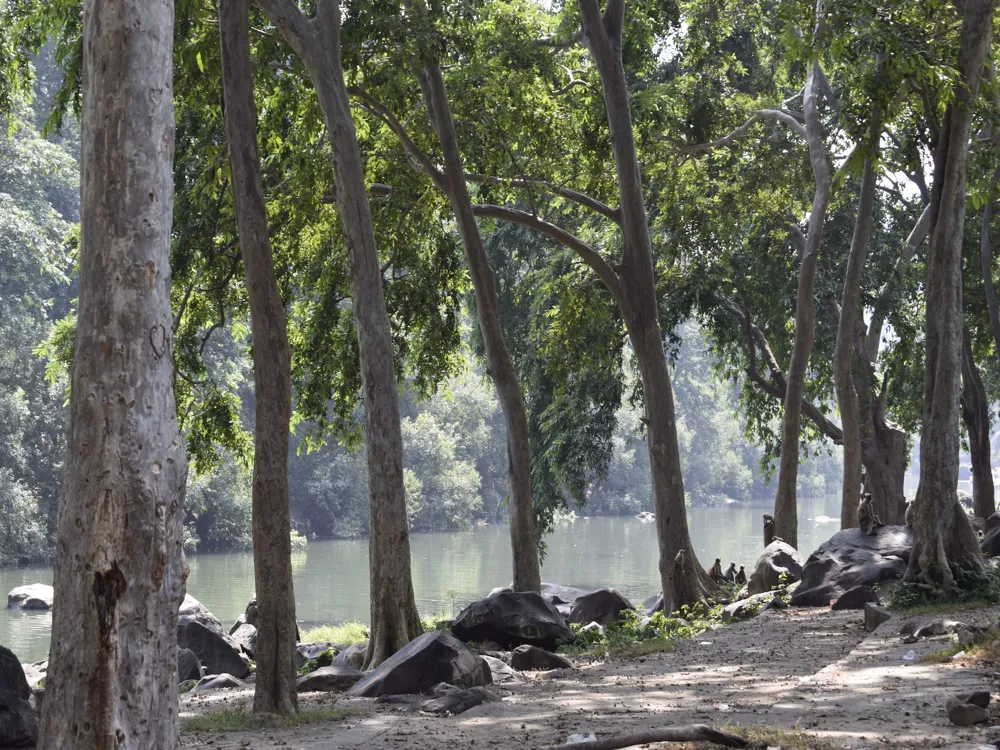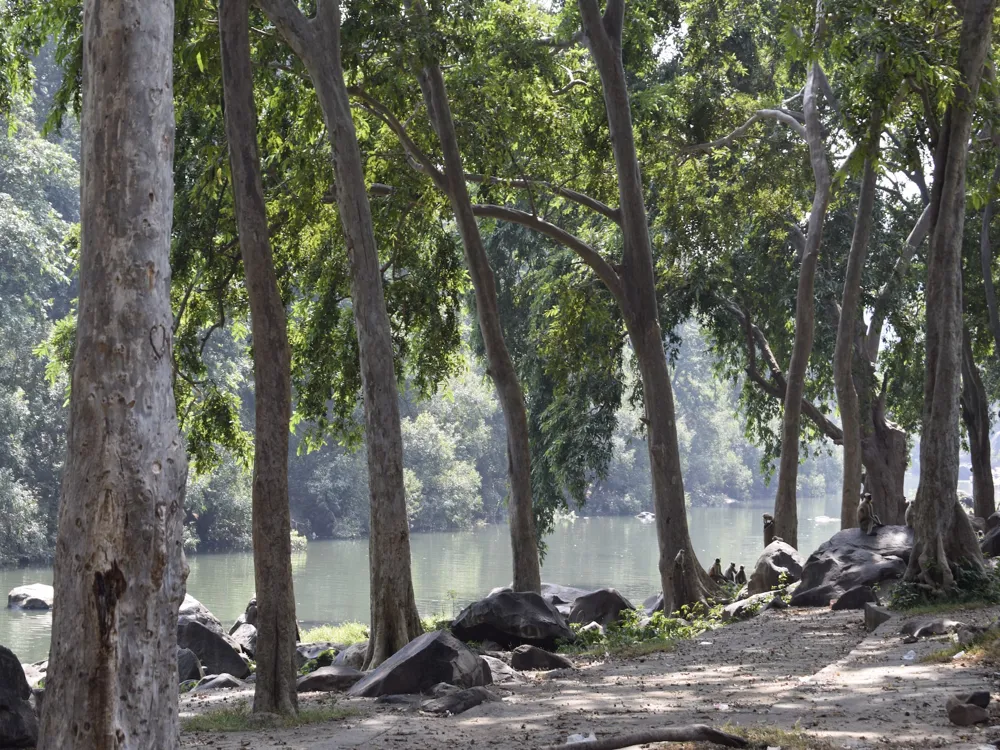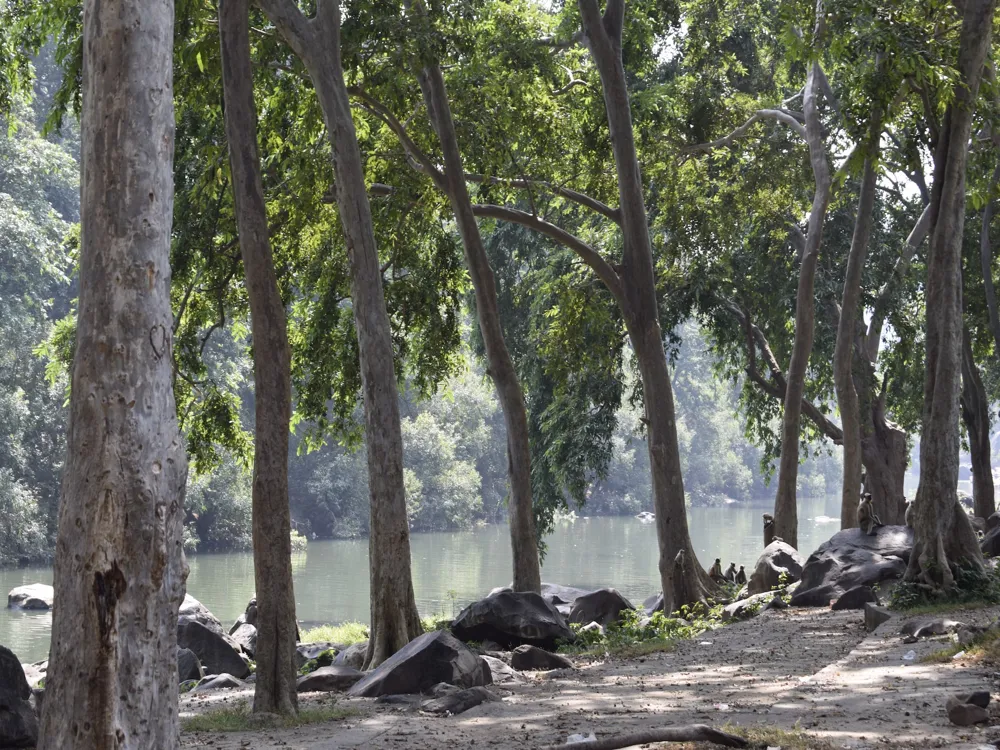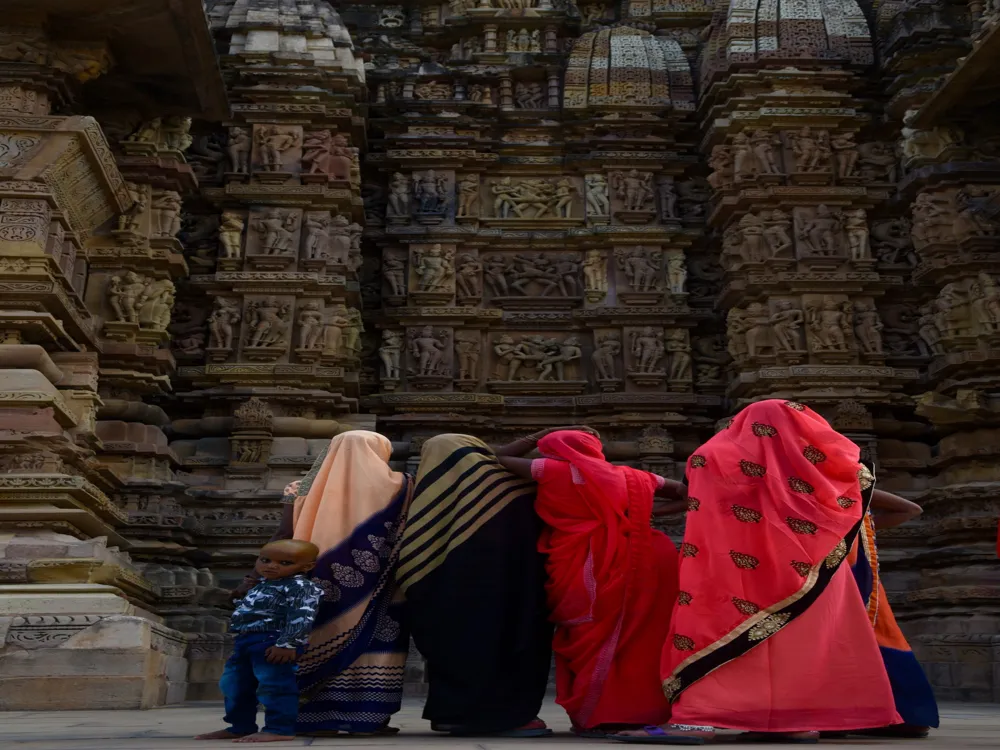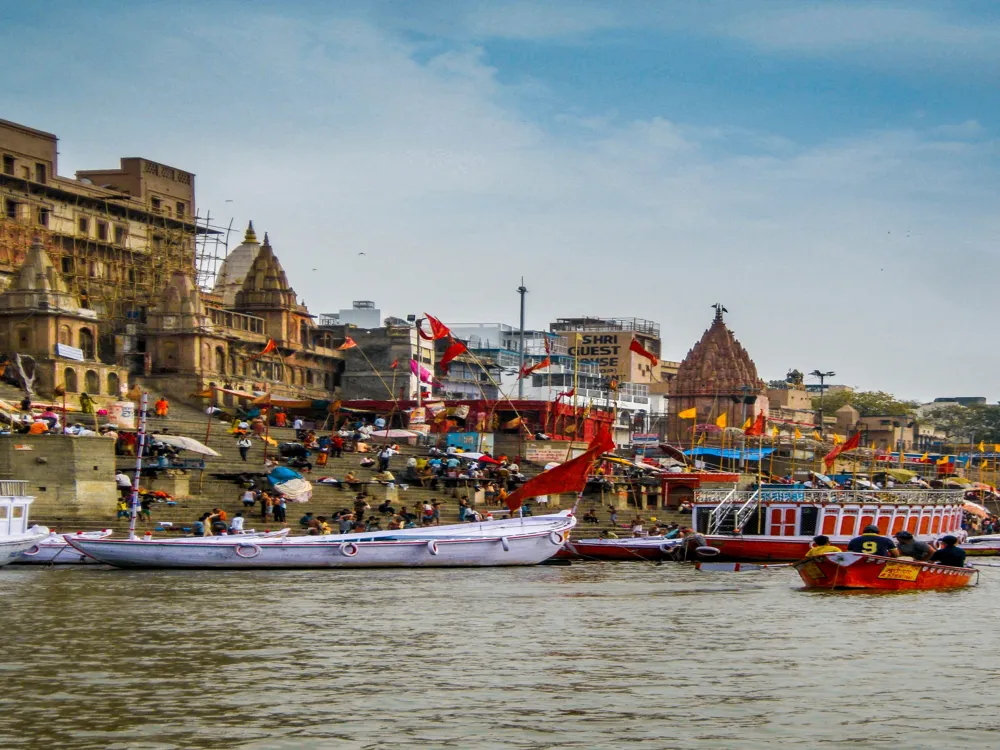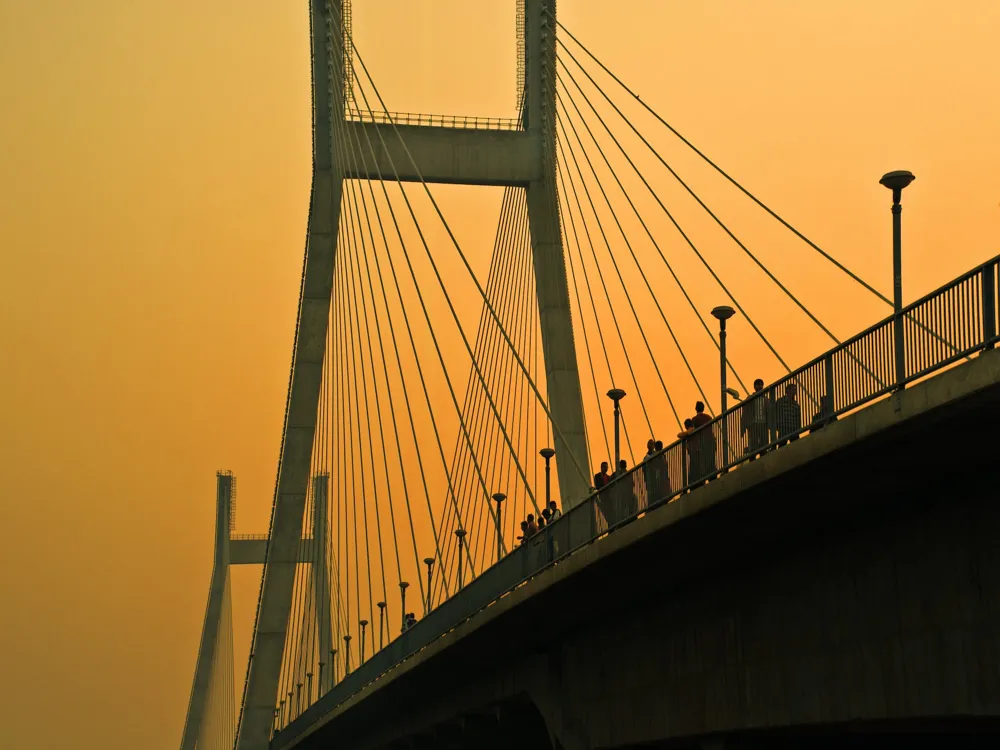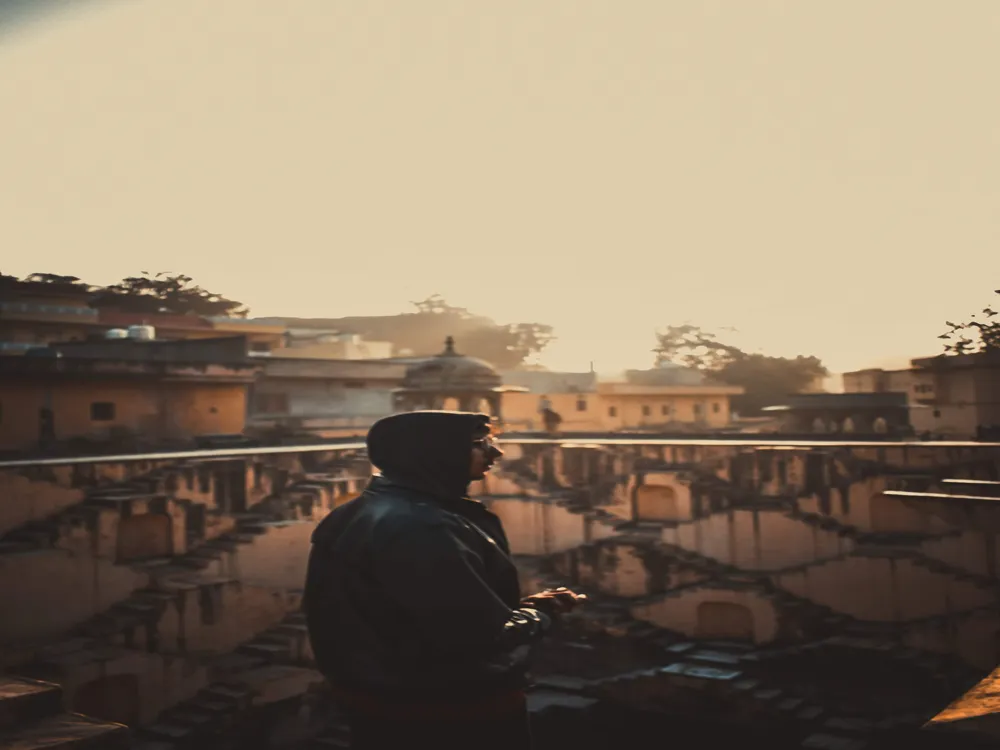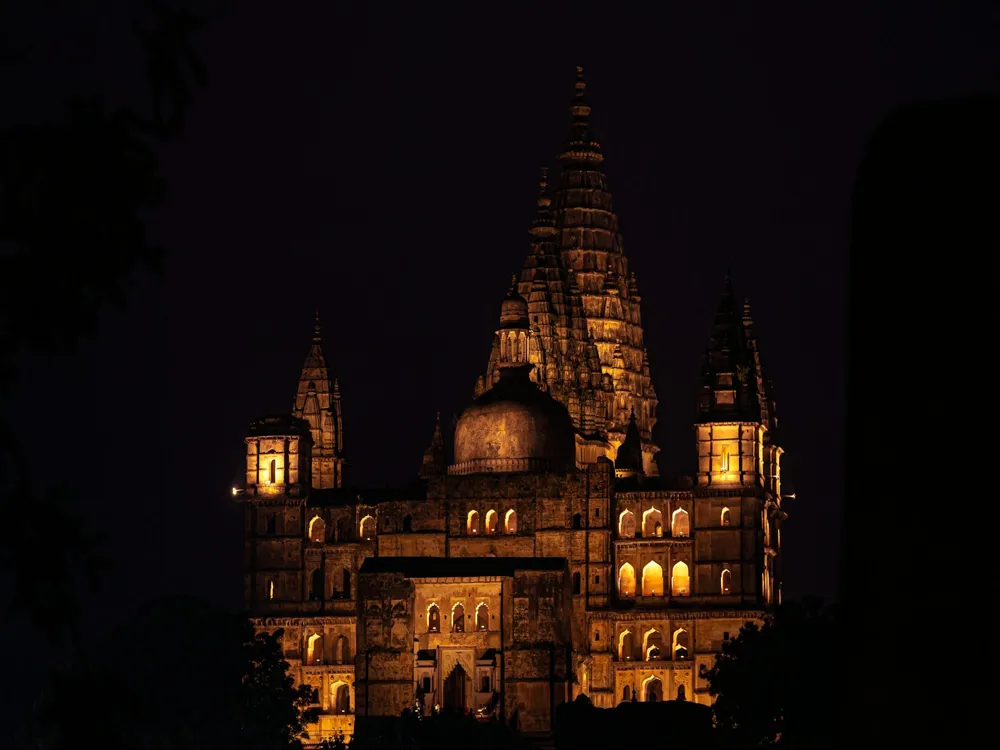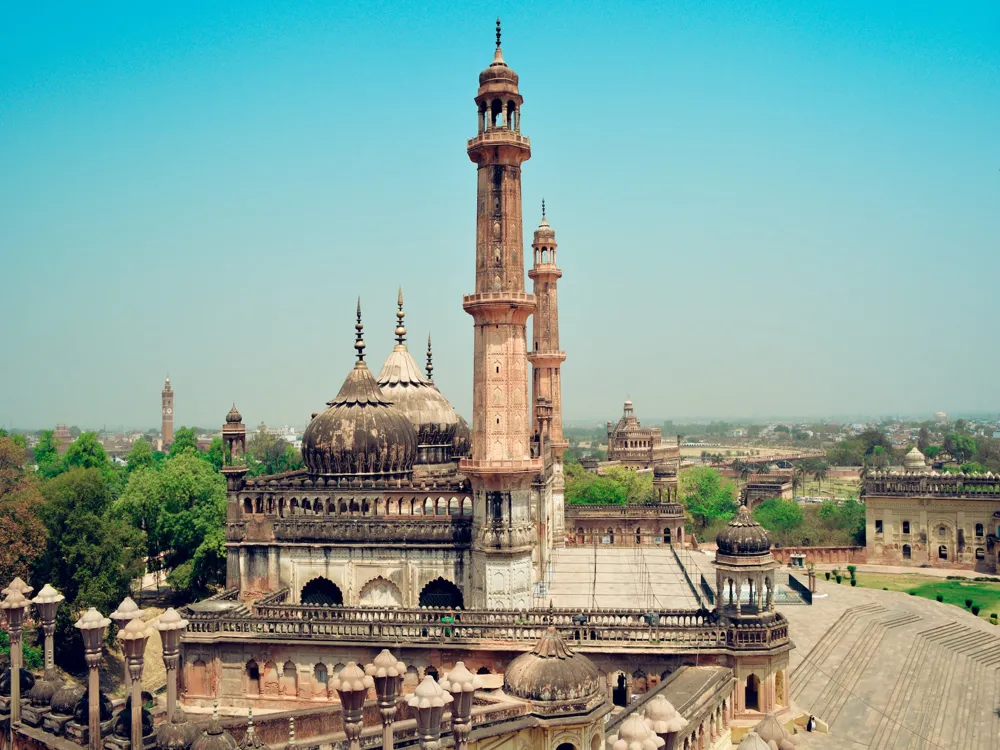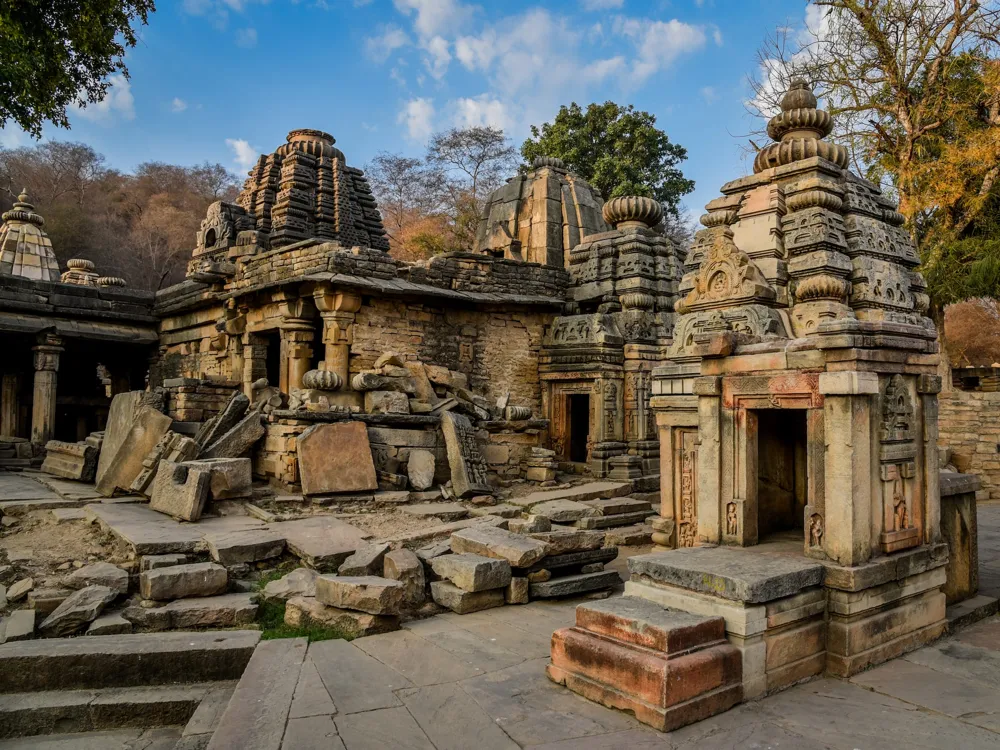Chitrakoot, a serene and picturesque pilgrimage town located in the northern state of Uttar Pradesh, India, is a place steeped in mythological and historical significance. This tranquil town, nestled in the Vindhya Range, holds a special place in the Hindu epic of Ramayana. According to legend, Lord Rama, along with his wife Sita and brother Lakshmana, spent a significant part of their exile in Chitrakoot. The town resonates with the spiritual legacy of saints, sages, and devotees, making it a revered site for pilgrims from across the world. The natural beauty of Chitrakoot is captivating, with its lush green forests, meandering rivers, and tranquil surroundings. The town is divided between the states of Uttar Pradesh and Madhya Pradesh, with the majority lying in the former. It's a place where spirituality blends seamlessly with nature, offering a peaceful retreat for those seeking solace and inspiration. The harmony of religious significance and natural beauty makes Chitrakoot a unique destination to explore India's rich cultural and spiritual tapestry. The roots of Chitrakoot's significance lie deep in Hindu mythology. It is mentioned in various sacred texts, including the Ramayana and the Puranas. This town is considered a place where Lord Rama, an incarnation of Lord Vishnu, left his footprints. The presence of numerous temples and sacred spots, such as the Ramghat, Kamadgiri, and Sphatik Shila, further cement its status as a pivotal location in the Ramayana. Chitrakoot's history is not only confined to its mythological aspects but also extends to its cultural and historical heritage. It has been a witness to many historical events and has been a place of interest for many rulers over the centuries. The town's culture is a rich amalgam of traditions, rituals, and festivals, most of which are deeply rooted in its mythological past. The annual 'Deepdaan' festival during Diwali and the 'Ramayana Mela' are major attractions, drawing thousands of devotees and tourists alike. The architecture of Chitrakoot is a reflection of its spiritual and historical significance. The town is dotted with numerous temples, each bearing its unique style yet unified by the common thread of devotion and mythology. These temples are not just places of worship but are also custodians of the rich architectural heritage of the region. One of the most prominent architectural landmarks in Chitrakoot is the Kamadgiri Temple, known for its circular shape and unique construction. The temple is surrounded by a series of smaller shrines, each narrating a different part of the Ramayana. The intricate carvings and the artful depiction of the epic on the temple walls are a testament to the craftsmanship of the era. The temple architecture in Chitrakoot is predominantly influenced by the Nagara style, characterized by its distinct shikhara (spire), which is beehive-shaped and often adorned with intricate carvings and statues of deities. The Hanuman Dhara Temple, another significant landmark, stands as an excellent example of this architectural style. Built on a hill, it offers a panoramic view of the town, along with a spiritual experience enhanced by its serene surroundings and architectural beauty. What sets the architecture of Chitrakoot apart is its harmonious integration with the natural landscape. The temples and other religious structures are often located amidst lush greenery, near rivers or on hilltops, making them not just spiritual centers but also vantage points to appreciate the natural beauty of the region. The Ghats along the Mandakini River, for instance, are not just religious spots but also offer stunning views of the river and the surrounding forests. The ideal time to visit Chitrakoot is between October and March. During these months, the weather is pleasant, with cooler temperatures and minimal rainfall, making it conducive for exploring the town and its surroundings. As a sacred town, Chitrakoot has its customs and traditions. Visitors are advised to dress modestly, especially when visiting temples. It's also recommended to participate in the local customs and rituals with respect and openness to understand the town's cultural and spiritual significance better. Chitrakoot offers a range of accommodations, from budget lodges to more comfortable hotels. Many of these are located near the main temples and the river, providing easy access to the town's key attractions. Booking in advance, especially during festival seasons, is advisable. Chitrakoot is well-connected by road, rail, and air. The nearest airport is in Prayagraj (Allahabad), approximately 120 kilometers away. The Chitrakoot Dham (Karwi) Railway Station is well connected to major cities in India. For road travel, regular bus services and taxis are available from major cities in Uttar Pradesh and Madhya Pradesh.Overview of Chitrakoot, Uttar Pradesh
Mythological Significance
Cultural and Historical Aspects
Architecture of Chitrakoot
Temple Architecture
Integration with Nature
Tips for Visiting Chitrakoot
Best Time to Visit
Respecting Local Customs
Accommodations
How To Reach Chitrakoot
Read More
Hanuman Dhara
Chitrakoot
Uttar Pradesh
NaN onwards
View chitrakoot Packages
Chitrakoot Travel Packages
View All Packages For Chitrakoot
Top Hotel Collections for Chitrakoot

Private Pool

Luxury Hotels

5-Star Hotels

Pet Friendly
Top Hotels Near Chitrakoot
Other Top Ranking Places In Chitrakoot
View All Places To Visit In chitrakoot
View chitrakoot Packages
Chitrakoot Travel Packages
View All Packages For Chitrakoot
Top Hotel Collections for Chitrakoot

Private Pool

Luxury Hotels

5-Star Hotels

Pet Friendly







